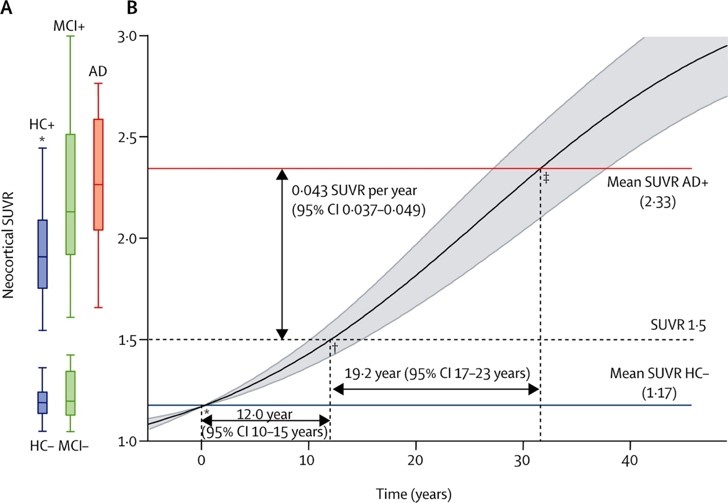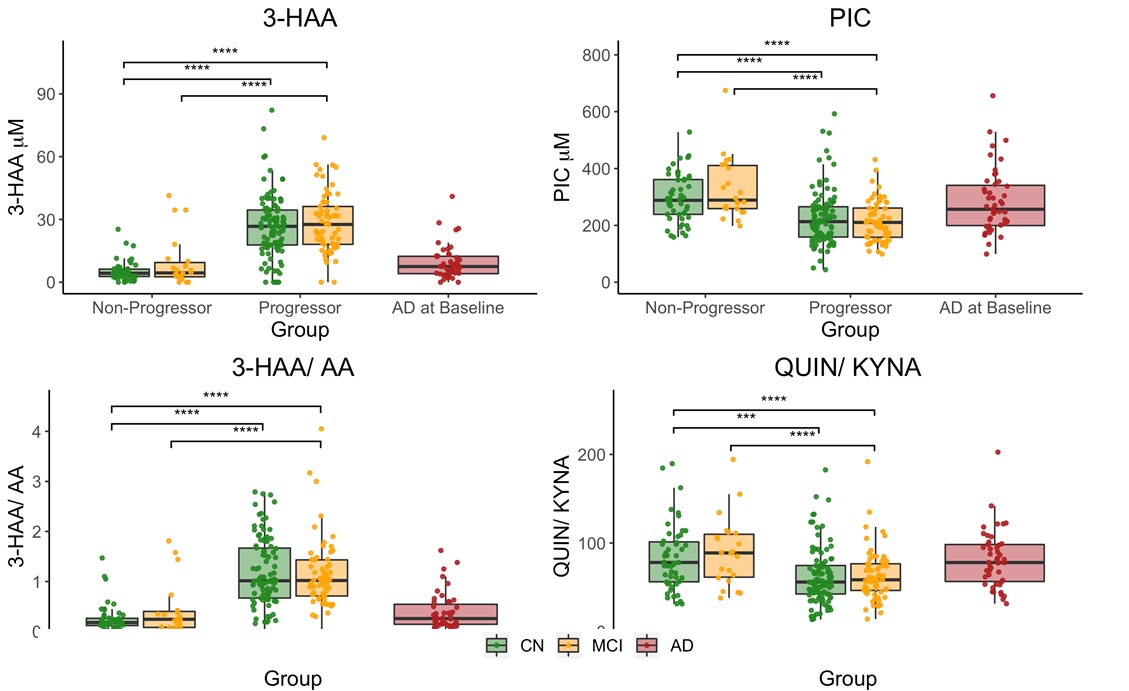Team Biostatistics

Biomarker model of Alzheimer’s disease. Alzheimer’s disease is one of the team’s main focuses.
Team leader: James Doecke
Team members: Samantha Burnham, Timothy Cox, Rosita Shishegar, Michael Vacher
Team overview
The Biostatistics team uses many different biostatistical techniques to investigate some of the world’s largest challenges in biostatistics and medical research.
Our team works within a plethora of different projects across a wide array of biomedical data.
We have specialists in bioinformatics who trawl through gigabytes of genomics data. We also have biostatistical experts who investigate novel statistical methodologies then apply them to medical data to identify disease-specific relationships.
Our collaborators rely on our specialist analytical collaborations to move their research from the bench to the bedside, from collecting data through to publishing results in high impact journals.
Biostatistical methods and applications in Alzheimer’s disease
We have been working with large research study cohorts, clinical partners and pharmaceutical companies to develop methodologies to follow patient trajectories over time.
We’re also collaborating with researchers within the Australian Imaging, Biomarkers and Lifestyle (AIBL) study of ageing. The main focus of our team’s research is investigating biomarkers related to Alzheimer’s disease.
We look at data from biomarkers and lifestyle to assess risk of Alzheimer’s disease.

Our team use biostatistical techniques to identify biomarkers for Alzheimer’s

Our biostatistics team can use data driven methods to impute and complete missing data as shown in this figure
The Australian e-Health Research Centre (AEHRC) is CSIRO's digital health research program and a joint venture between CSIRO and the Queensland Government. The AEHRC works with state and federal health agencies, clinical research groups and health businesses around Australia.
